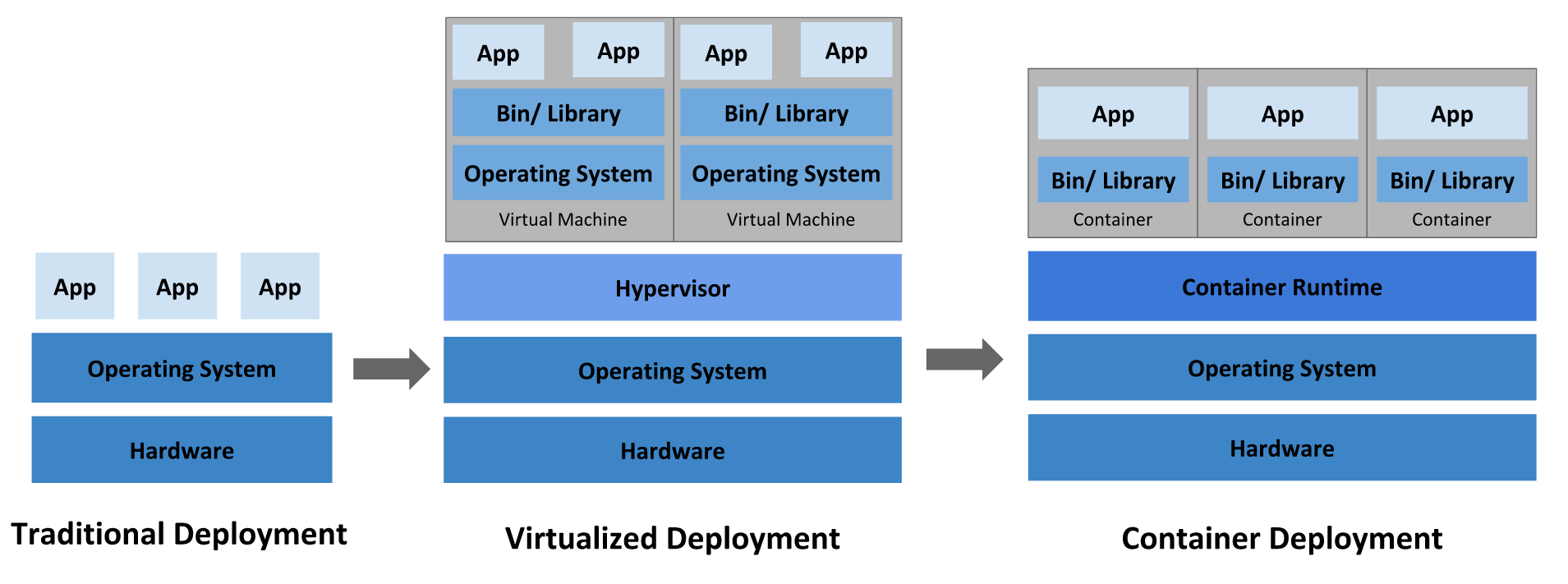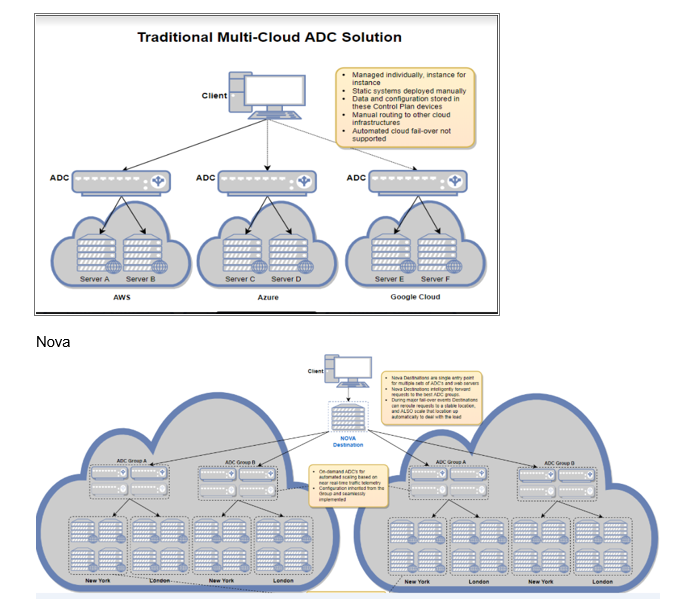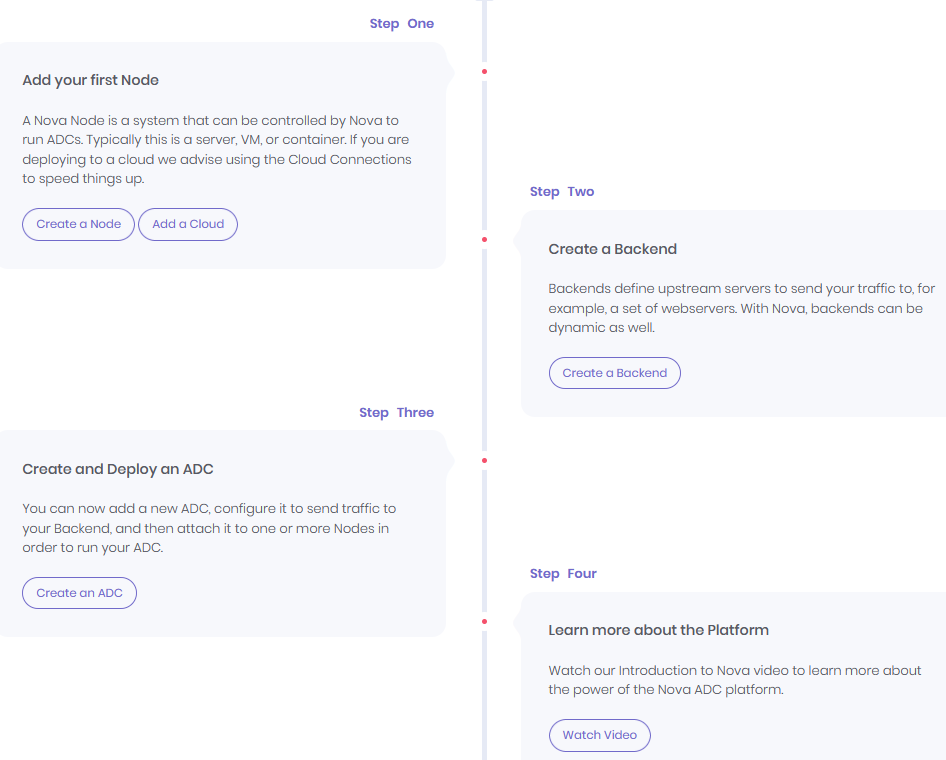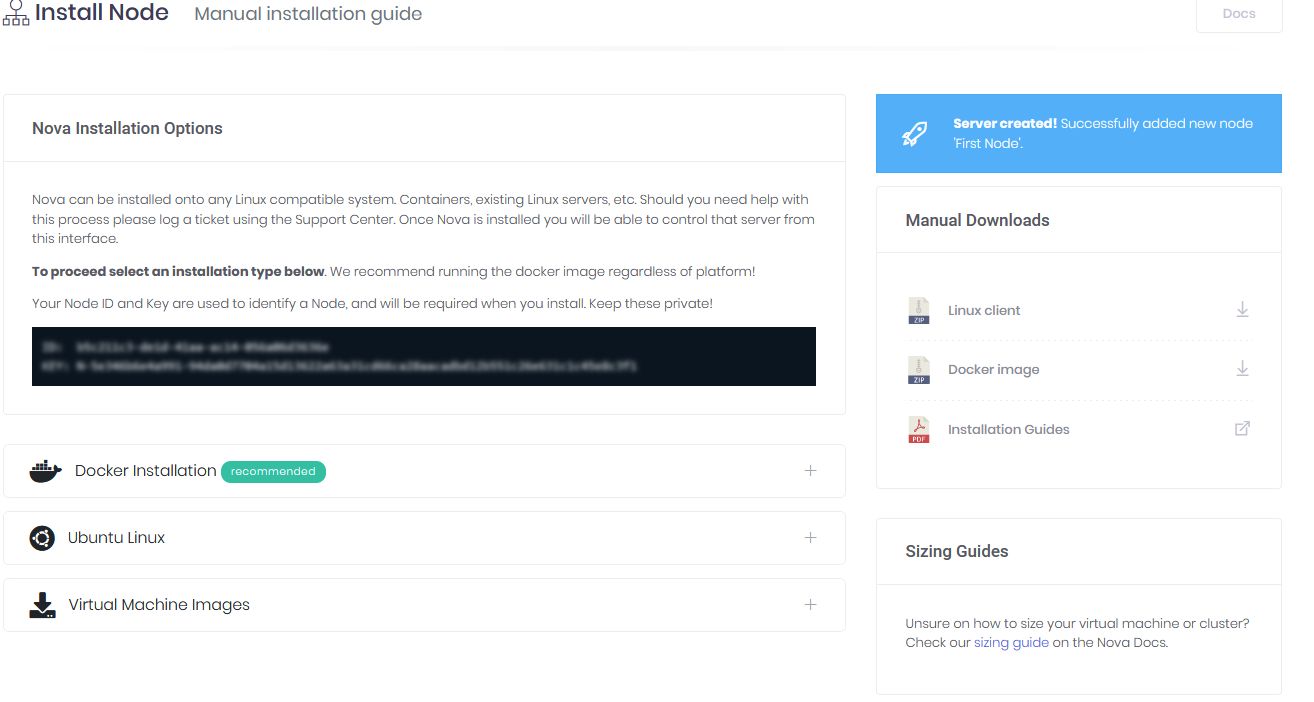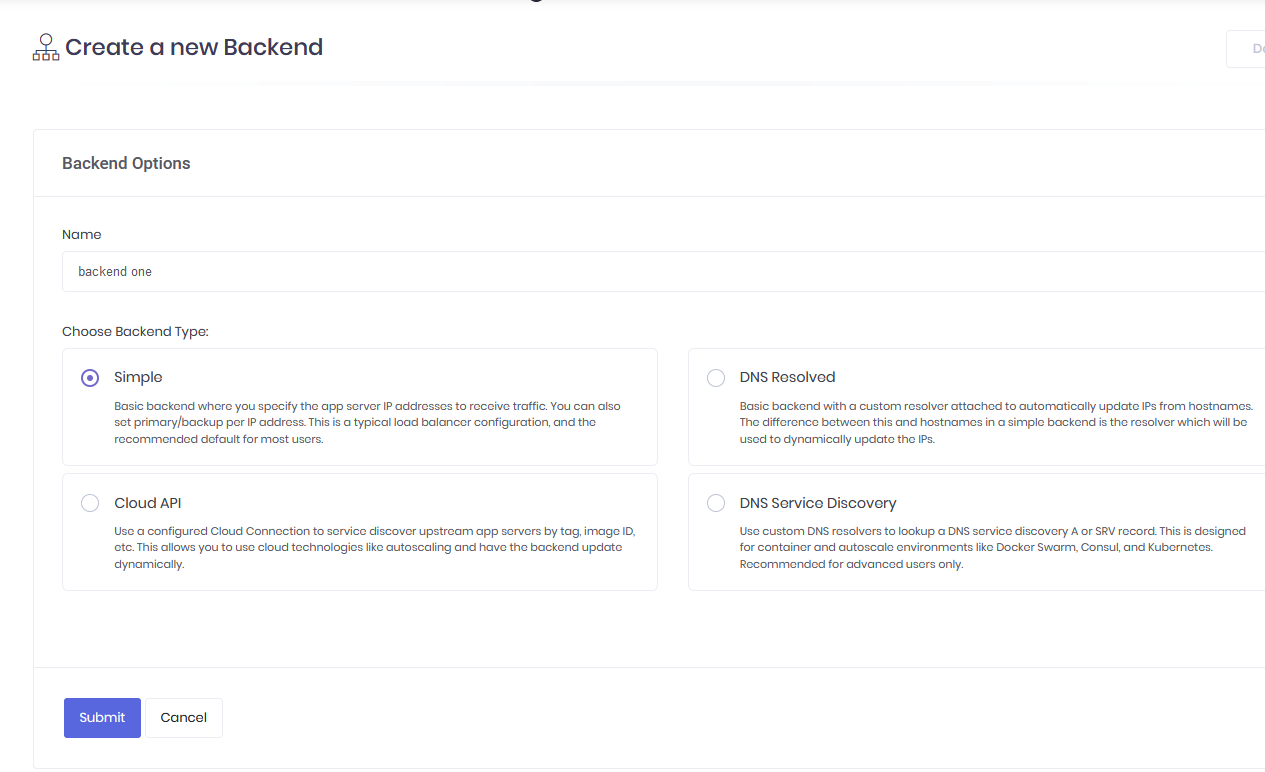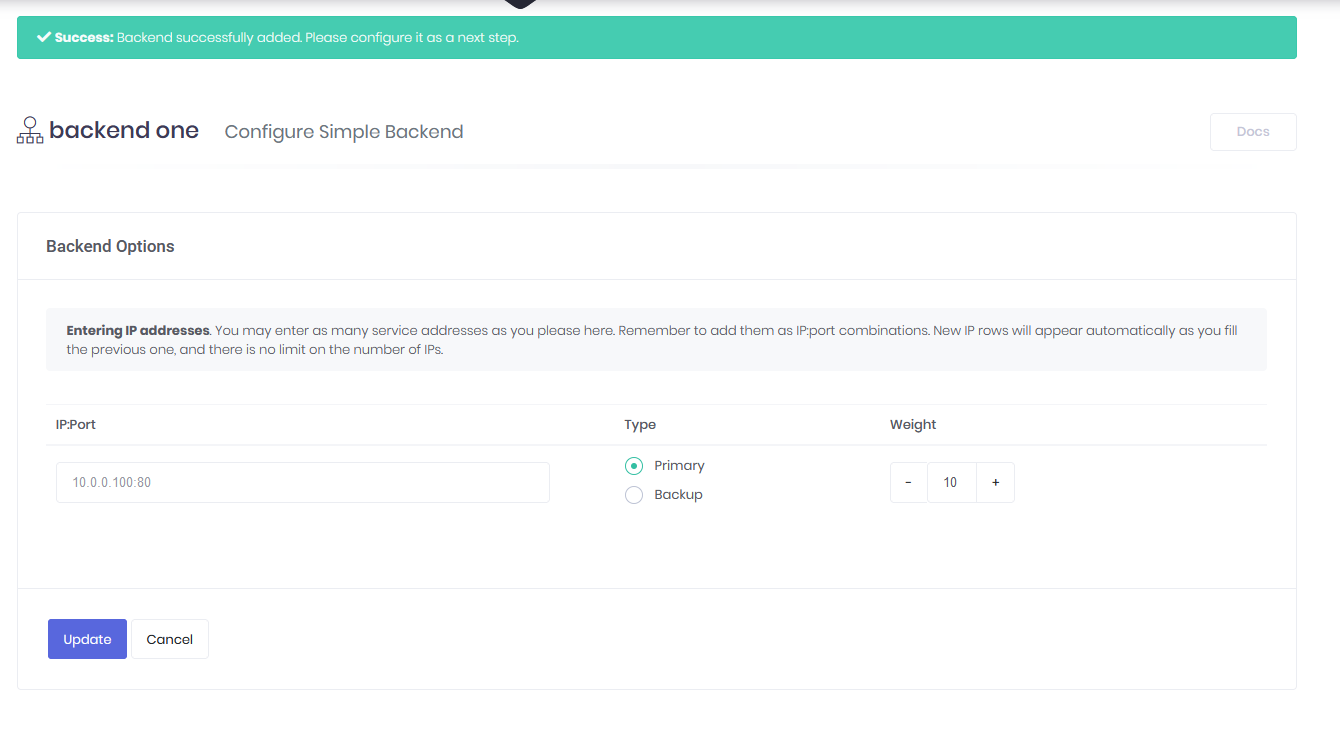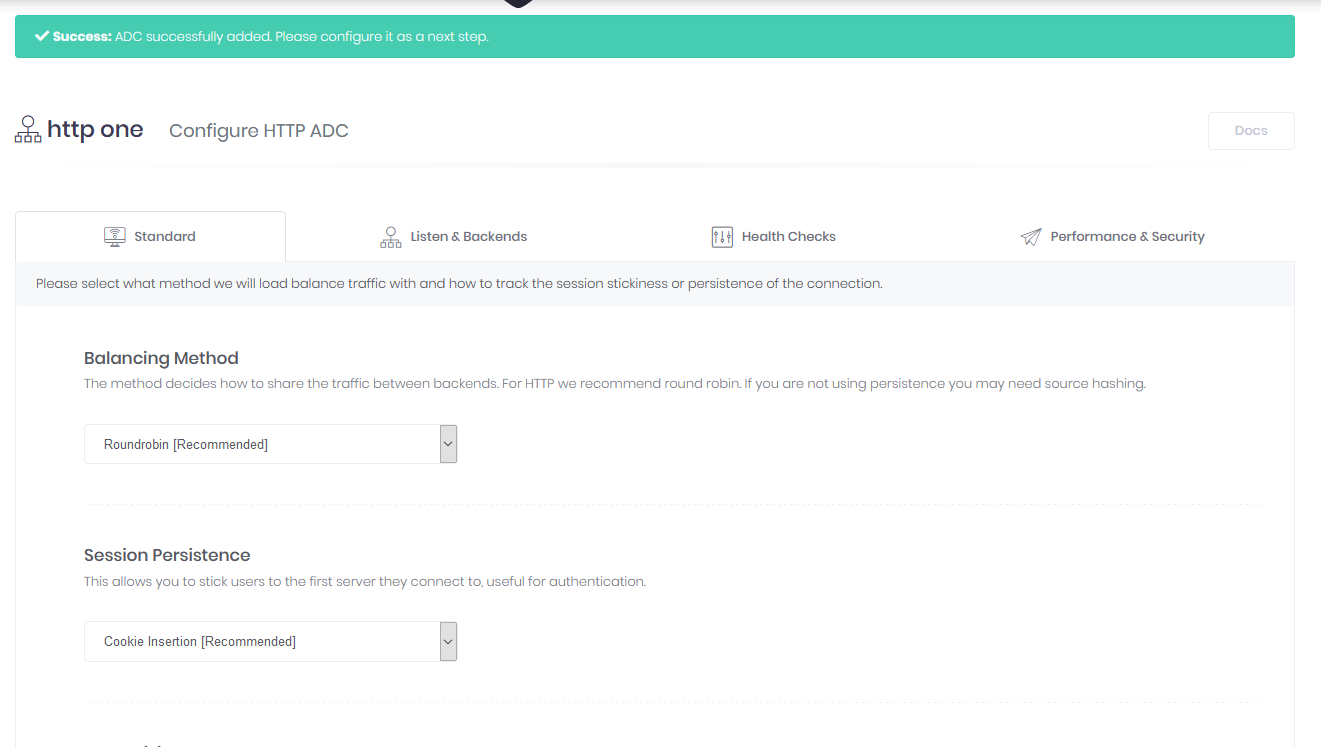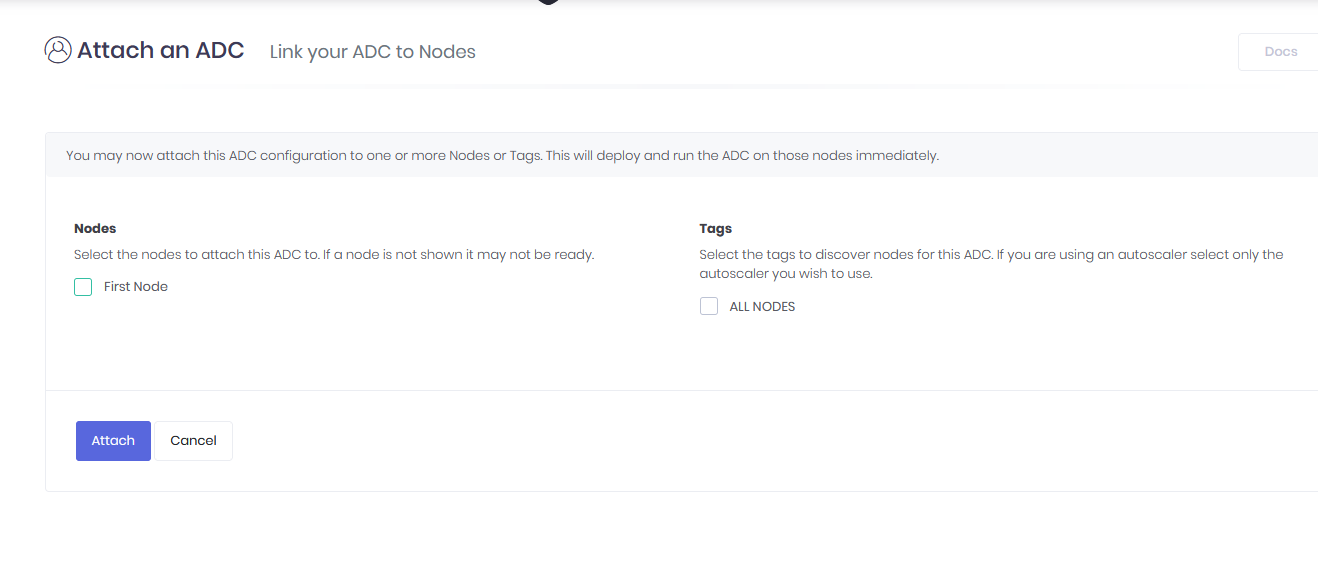Today I want to talk about Snapt:
but wait…… lets talk about Modern service delivery and cover some lingo first.
We all have heard the words “Digital Transformation” , “Mode 2 bimodal IT“. Businesses in 2020 are trying to use “Digital innovation” I’ve linked these terms from the first google matches I could find. In short companies are trying to use modern app delivery fabrics like Kubernetes with a set of DevOps practices.
Sounds easy, right? Well traditional application delivery applications will not support cloud ‘s micro services eccentric design.
But first, what is Kubernetes? “Kubernetes is a portable, extensible, open-source platform for managing containerized workloads and services, that facilitates both declarative configuration and automation. It has a large, rapidly growing ecosystem. Kubernetes services, support, and tools are widely available.”
As you can see above, containers allow you for a easy way to bundle and run applications. But also adds in standards for a framework, so things like process’s and tasks can be automated. Lets see what the Kubernetes website says Kubernetes provides you with:
- Service discovery and load balancing
Kubernetes can expose a container using the DNS name or using their own IP address. If traffic to a container is high, Kubernetes is able to load balance and distribute the network traffic so that the deployment is stable.- Storage orchestration
Kubernetes allows you to automatically mount a storage system of your choice, such as local storages, public cloud providers, and more.- Automated rollouts and rollbacks
You can describe the desired state for your deployed containers using Kubernetes, and it can change the actual state to the desired state at a controlled rate. For example, you can automate Kubernetes to create new containers for your deployment, remove existing containers and adopt all their resources to the new container.- Automatic bin packing
You provide Kubernetes with a cluster of nodes that it can use to run containerized tasks. You tell Kubernetes how much CPU and memory (RAM) each container needs. Kubernetes can fit containers onto your nodes to make the best use of your resources.- Self-healing
Kubernetes restarts containers that fail, replaces containers, kills containers that don’t respond to your user-defined health check, and doesn’t advertise them to clients until they are ready to serve.- Secret and configuration management
Kubernetes lets you store and manage sensitive information, such as passwords, OAuth tokens, and SSH keys. You can deploy and update secrets and application configuration without rebuilding your container images, and without exposing secrets in your stack configuration
As you can see this why Kubernetes has become the default back-end of modern service delivery.
Center Stage.
Today I’m going to talk about Snapt – Nova.
Snapt-Nova, Centrally Managed, Cloud Native Application Delivery
Kubernetes native ADC platform for DevOps, Developers and Infrastructure IT at companies embracing digital transformation and migrating workloads from legacy load balancers to a more modern app delivery fabric.
Nova features:
- Hyper scale Cloud & Kubernetes native ADC: Load Balancer, WAF, GSLB
- Easy Self-Service – Centrally Orchestrated, Configured, Deployed, Monitored
- Automatically Scale out for bursts, scale back in. No more overprovisioning
- Host on-prem or in Snapt’s cloud
- Dynamic and intelligent GSLB
- Control Plane Native – Easily replicate configurations at scale
- Robust telemetry, repotting, metrics
- Deploy in any cloud and any location
How Nova Works
- Nova ADC Platform – Centrally deployed anywhere, anytime. Nova deploys ADCs into any cloud, VM and container. Nova ADCs are Layer 7 load balancers, web accelerators, WAF and GSLB.
- Nova Cloud Controller– the Nova Cloud provides centralized deployment, configuration, management, analytics, monitoring, telemetry and more for all of your Nova ADC Nodes.
- Nova Destinations – destinations are powerful Nova powered intelligent DNS addresses that allow auto-scaling, traffic routing, disaster recovery, multi-cloud routing and much more.
Use Cases/Platform
Kubernetes
Kubernetes native Load Balancer, WAF, GSLB centrally managed, and autoscaling for Kubernetes visibility, performance, and reliability.
Multi-cloud and Multi-site ADC
Snapt Nova is a centralized platform for ADC’s. Deploy into any clouds or locations and manage, configurations, rote the ADCs centrally.
Cloud Native
Snapt-Nova – Cloud-Native ADC Service-discovery. Snapt-Nova features automated service discovery for Kubernetes, Consul, Docker, Rancher, more.
DigitalOcean
Snapt-Nova – the first purpose built microservices and cloud-native ADC for DigitalOcean. Droplet discovery, automated deployments and more…
Amazon AWS
Snapt for AWS EC2 is a supercharged load balancer, web accelerator and WAF much more robust than ELB. Deploy our AMI right into AWS
Web/HTTP Load Balancing
Intelligent, powerful Web Layer 7 HTTP/S Load Balancing, WAF and GSLB for your website, e-commerce store, and web apps. Free trial
Microsoft
Snapt intelligent load balancing, WAF and GSLB for Microsoft Exchange 2010, 2013 and 2016, Microsoft RDP and IIS. Snapt is a Microsoft partner.
Who is Snapt-Nova for?
- For companies embracing digital transformation that need a full featured yet right sized ADCs for different clouds, platforms, locations and budgets
- For DevOps, Developers and Infrastructure IT pro’s embracing digital transformation that need a future proof and flexible on-demand application scalability for any platform and need.
- For enterprises migrating from legacy hardware load balancers to a modern app delivery fabric that is more scalable and easier to manage than legacy vendors offer.
- FOR IT looking to consolidate disparate load balancers and combine them into a single, powerful, scalable platform for providing application delivery and visibility in clouds, Kubernetes, on-prem, vm’s, anywhere and any scale
Setup and Deployment
But what’s using this like? How do I sign up? What are my first setups?
- First some house keeping. I’m going to show you how easy it is to deploy a node, and even go through the first steps of the orchestration.
- This isn’t a example of a best practice deployment but rather a snapshot view into the product, to allow you to see how easy and simple the product is to use and deploy.
That said, On wards!
Sign up for the free trial at https://nova.snapt.net/
Fill out the details and we all set to rock and roll.
You’ll see a page asking about your org, type that in and click create organization.
Next you’ll see Step one through four.
Let’s walk through creating a node, by clicking on Create a Node.
I’m going to add a node called, First Node, one I typed it in I hit create.
You will see this page, showing you Nova Installation Options.
Here you can proceed with a docker install, Ubuntu Linux or grab a Virtual Machine image.
You’ll also see the Manuals.
I’m going to show you a example on how to deploy this with the above docker image. I have abstracted the id and key for security reasons.
sudo docker run --cap-add=NET_ADMIN --ulimit nofile=500000:500000 -d -t \
--network=host --restart=always \
-v /var/run/docker.sock:/var/run/docker.sock -v /etc/nova:/etc/nova \
-e NODE_ID='putidhere' \
-e NODE_KEY='putkeyhere' \
-e NODE_HOST='poll.nova-adc.com' novaadc/nova-client:latest
sudo: docker: command not found
hmmm looks like I have to install docker. Lets do that quick.
sudo apt-get update&&sudo apt install docker.io -y
sudo systemctl start docker && sudo systemctl enable docker
Unable to find image ‘novaadc/nova-client:latest’ locally
latest: Pulling from novaadc/nova-client
6abc03819f3e: Pull complete
05731e63f211: Pull complete
0bd67c50d6be: Pull complete
5573ecb4be96: Pull complete
049e27438cf3: Pull complete
eb98b228f2cd: Pull complete
be9c74bbddc6: Pull complete
e315c15c9b6c: Pull complete
d205ee8965c2: Pull complete
73a00ea2ce43: Pull complete
16948cade704: Pull complete
b7db21670be1: Pull complete
Digest: sha256:3c148e55f5242915f9a7d54948e6118a1481206eb4f1a0ad138d3b6a19ce1cad
Status: Downloaded newer image for novaadc/nova-client:latest
f59b400db07c59bc3bc8313f9fffdd3b22680aad49eacceb02c606115cd86066
user001@ubuntutest01:~$
Woowhoo!
Stage Right, Platform usage.
OK, now we should be set. Next navigate to ADC’s, Management and Backends and lets make a backend.
You’ll see a result like this.
Next we will need a ACD.
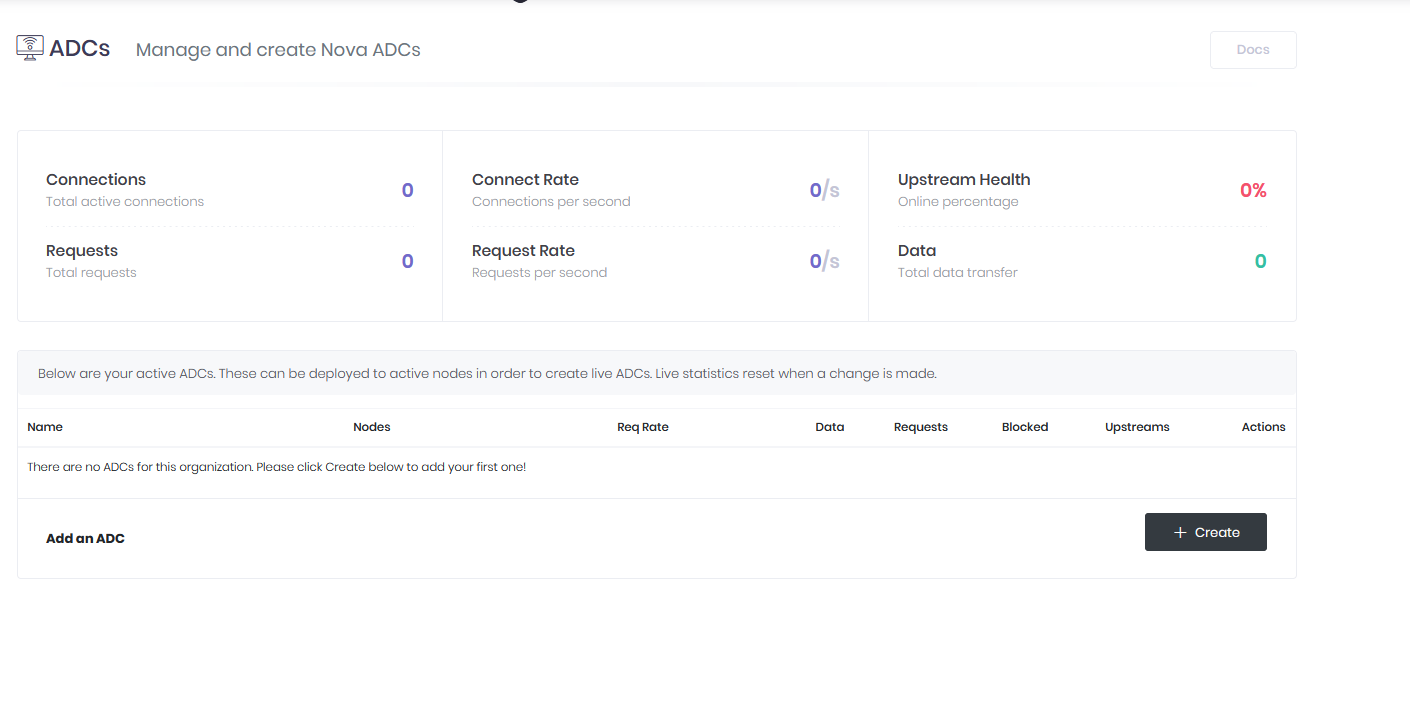
Lets go ahead and create one. I just selected the first option purely as a example.
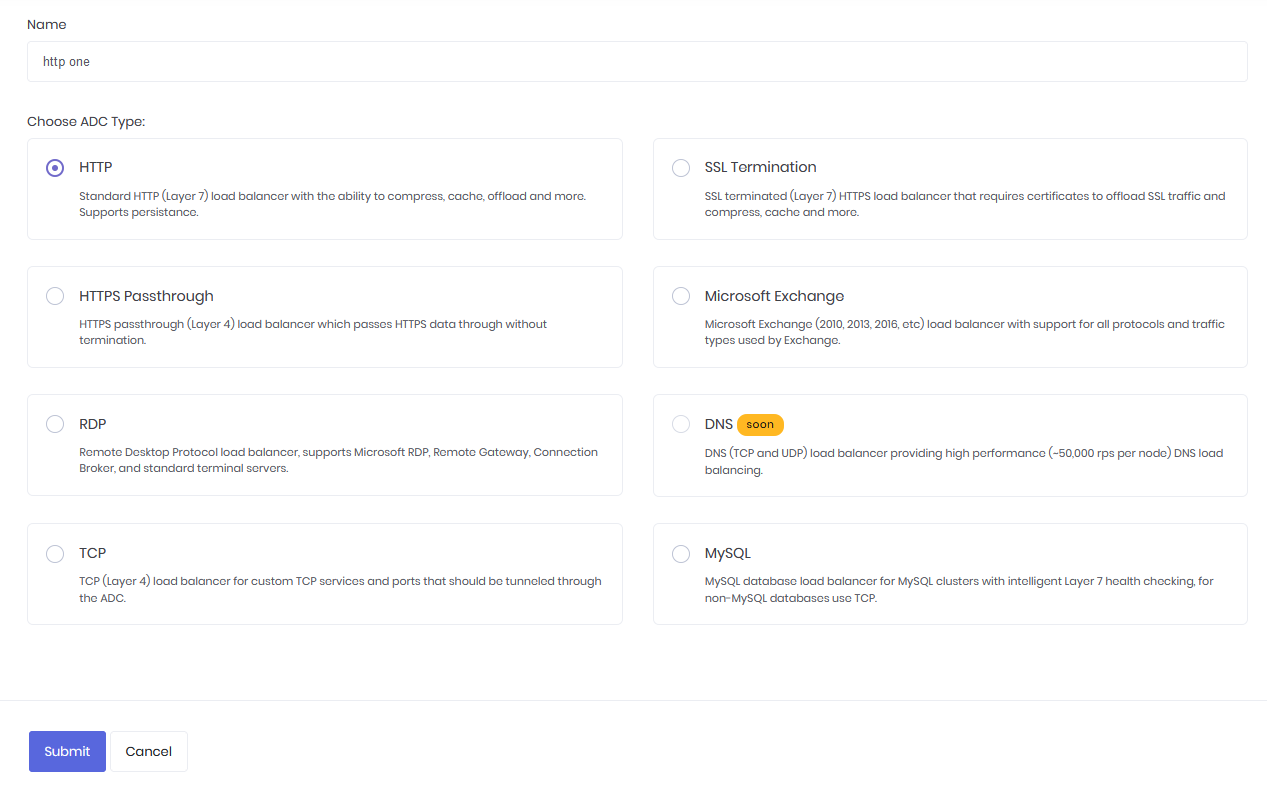
Success!
As you can see you can change and configure this as needed. Next, I want to attach a node to my ADC.
I clicked Edit. In this example, I’m just going to click my only node, and tag it with all nodes, as it’s my only tag in my example.
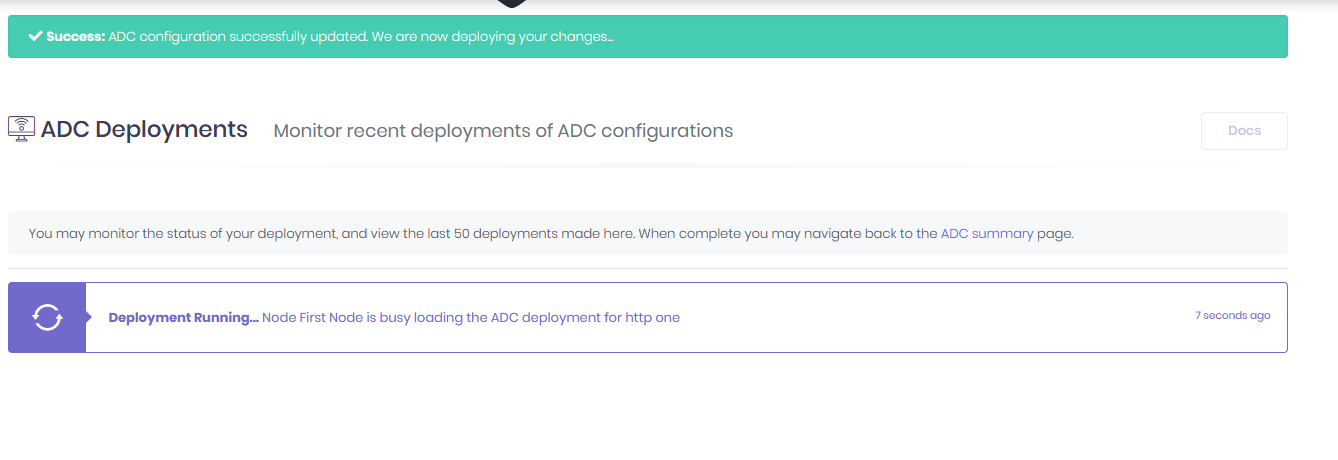
My Deployment is running! Now, In most cases you would be doing a full deployment , while I’m just showing you a example of how to use the product. But as you can see here is my dashboard.
I hope this example of what Snapt – Nova‘s platform has to offer was interesting to you. I hope I get a chance to dive deeper into this interesting technology in the future.
